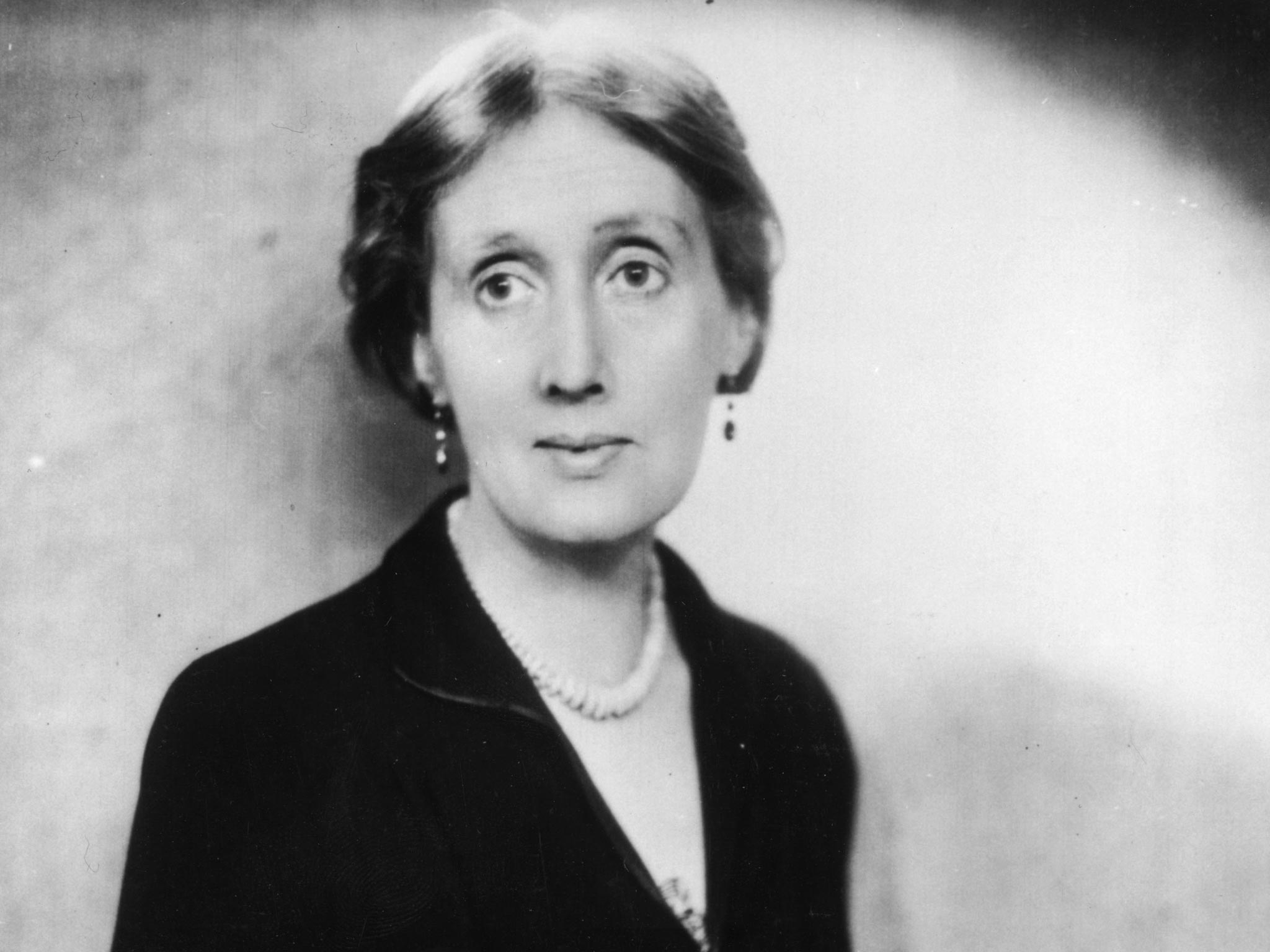Virginia Woolf is known as one of the earliest modern writers to come out of the 20th century. She is known for her experimental style in works such as Mrs Dalloway, A Room of One’s Own, and Between the Acts. Unfortunately, she suffered throughout her entire life with mental illness before it took her life. Let’s take a look at how she became the author we are all familiar with today.

Photo: Independent
Born at Hyde Park Gate in Kensington, London on January 25th, 1882 to parents Leslie Stephen and Julia Prinsep Stephen. Virginia’s parents were very influential people, her father a historian, author, and editor of the Dictionary of National Biography. Her mother Julia was a model for painters like Edward Burn-Jones. Both of her parents had been married before and both had been widowed. Virginia was apart of a combined family with 4 brothers and sisters. Later on her parents had four more children together, Virginia being the second youngest.
Her family was very well off which allowed the children to receive the finest education they could. As a historian and an editor, Leslie tried to surround his children with influential works about Victorian society. Visitors like Henry James, James Russell Lowell, and George Henry Lewes visited the Stephen family quite frequently leaving a mark on the children.
At the age of 13 Virginia’s mother had passed away and two years later her sister Stella followed. The loss of her mother and sister took a great toll on Virginia and unfortunately, caused her to have multiple nervous breakdowns in the years that followed. The loss didn’t stop there though, Virginia also lost her surrogate mother and her brother Thoby, once again these deaths took a toll on the famous author.
Despite her grief Virginia continued to live her life and around 1897 began to attend the Ladies Department of King’s College London. Tragically in 1904 her father passed away causing Virginia to slip into a very deep depression. During this time she suffered from a very severe collapse which institutionalized Virginia for a short period of time. In addition to the loss of her parents Virginia and her sister Vanessa were also sexually abused by two of their half brothers, George and Gerald Duckworth. This abuse caused Virginia to suffer more severe break downs throughout her entire life.
The loss of both of her parents forced the children to buy a house and move from Hyde Park Gate to Gordon Square in Bloomsbury. During this time Woolf met many influential people, one including her future husband Leonard Woolf. Leonard and Virginia were married in August 1912.
The couple is known for creating Hogarth Press in 1917 which allowed Virginia to publish her novels as well as the famous T.S. Eliot and many others. It’s been said that Woolf began writing around 1900 professionally, and had her first piece published. The piece was titled Haworth, November 1904 and was published in a journal called The Guardian in December 1904. Virginia’s first novel title The Voyage Out was published in 1915 by Gerald Duckworth and Company Ltd.
Most of Virginia’s pieces were later published by her and her husbands publishing company, Hogarth Press. She continued to write publishing some of her most notable works including Mrs Dalloway in 1925, Orlando in 1928, and Between the Acts in 1941.
During World War 2, Virginia finished her last novel Between the Acts. The Woolf family had unfortunately lost their London home during the Blitz in 1940. This loss and alongside the destruction of the war caused Virginia to slip into a severe depression once again. She continued to become ill until she could no longer work. On March 28th 1941, Virginia Woolf committed suicide. She filled her coat pockets with rocks and walked herself into the River Ouse that was close to her home. The family wasn’t able to find her body until the following month, she was then cremated and buried under a tree at their home in Rodmell, Sussex.
Unfortunately, one of the greatest female authors of the twentieth century suffered greatly throughout her life. She is known for her experimental modern writing as well as her progressive feminist views. Her most notable feminist piece is the nonfiction work titled A Room of One’s Own. Virginia Woolf’s has been studied in classrooms all over and will continue to do so.

